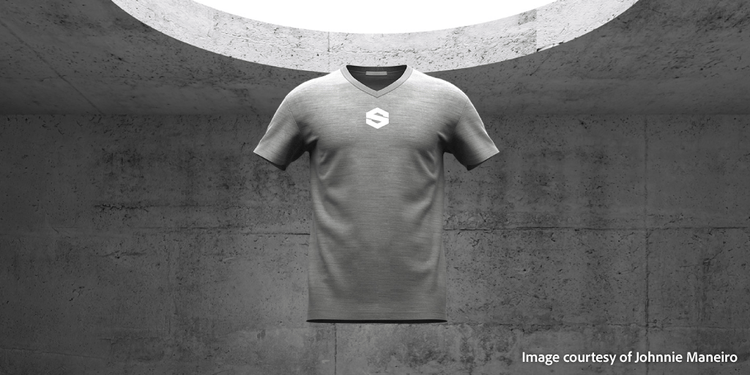https://main--cc--adobecom.hlx.page/creativecloud/img/icons/3d-assets.svg | 3D Assets https://main--cc--adobecom.hlx.page/creativecloud/img/icons/designer.svg | Designer https://main--cc--adobecom.hlx.page/creativecloud/img/icons/painter.svg | Painter
Apr. 20, 2021, by Johnnie Maneiro
How 3D Accelerates the Creative Design Process for Sportswear and E-commerce
Creating realistic garments for sportswear with Substance and CLO

- Background
- Design for Sportswear and 3D
- The Render
- How 3D helps Fashion Design
- Designing Sportswear and Technical Garments
Background
In 1995 I worked as a musician in a multimedia post-production studio in Caracas, and after my shift, I used to stay there studying computer graphics on a very expensive workstation that no one could afford at home at the time. In 1996 I worked as a web designer and web developer. Inspired by the great Hillman Curtis, I also started working with Macromedia Flash.
In 2001 I arrived in Italy and for many years I worked in the development of e-commerce platforms. In 2010, while working for an online store of triathlon products, I started designing sportswear. In 2015 I started producing triathlon and cycling apparel. In 2018 I became Product Manager for the Ftech division of the ASG Group, which operates in South Africa, Australia, and the USA producing high-quality cycling and sportswear in Italy.

I got into 3D by chance. In 2018 I had downloaded CLO but it held no real spark for me at that time. Then in 2020, during the pandemic, I found Eddie the robot on the The Rookies and I discovered there was a software tool to paint with 3D materials. I downloaded Substance and started creating a robot together with my 8-year-old daughter, and when I saw the robot she created, I immediately knew that this was the right path for me! That was my first render, and I haven’t stopped since.
After 30 years of working in different fields, I can finally put it all together and build complete projects from A to Z with complete autonomy. For a volcanic mind like mine, 3D is heaven.
Experience in design for sportswear and 3D
When I was working for the ASG group I had to create an entire collection for cycling and triathlon, quickly and cost-effectively. I was involved in garment design and pattern making, using the traditional methods that most manufacturers still use today.
When the garments were finalized by the pattern team, I had to do the debugging and correct the production process, for about 50 very complex products.
These are very long processes; it takes weeks to have a garment ready for the stores. Over time, I’ve seen companies in the sector struggle more than evolve. Italian factories are experiencing hard times, due to the competition from Asian production as well as the increasingly qualified and affordable labor force in eastern European laboratories. That’s why I believe the time has now come to seize the opportunities offered by 3D.

The Render
I have no doubt: digital design, 3D prototyping, and virtual materials will change the fashion industry, and creating a studio for virtual fashion in this historical moment is an event that I could not and did not want to overlook. This is precisely why I decided to create The Render. My studio creates 3D garments with obsessive attention to detail in the pursuit of hyperrealism. This is the basis of the steps that all online stores will soon take towards augmented reality.
For me, hyperrealism also means creating impactful images and videos to be used in communication activities – for example, on a website, in social networks, or in presentations to customers.
How 3D helps fashion design become faster, cheaper, more flexible and sustainable
I came to this industry through the old school with scissors in my hand. That’s not the case anymore. Many fashion designers today just have a workstation as their atelier. I’ll give you an example: if you need to create a sportswear garment, you have software to create very accurate and precise patterns. There are collections of virtual materials such as those available on Substance 3D Assets where you can find not only amazing materials but also a lot of inspiration. And if you can’t find what you’re looking for, there is Substance Designer or Substance Alchemist, with which you can create the materials you need. We no longer have to wait for anyone; we don’t have to ask for physical samples and wait for the courier to knock on the door with a package containing materials that have already polluted half the planet before it’s even used.
Here’s a good example of a virtually prototyped product. You can make decisions very quickly about the development of any product.



Designing sportswear apparel and technical garments
Sport is in my DNA; I know how much an athlete suffers when wrapped in clothing and how this can change the fate of a race. I was a cyclist when I was young; I used cheap clothing made of non-certified materials that ruined my skin under the scorching sun of the Venezuelan roads. Since the first time I wore the material created by Castelli Cycling, I’ve always used high-quality materials.
In developing sportswear, I’ve been fortunate enough to work with many top champions and athletes in cycling and triathlon, and from each of them I’ve learned things that are very important to my work. Having completed several Ironman competitions, I’ve learned how much pain athletes go through, and this has obviously influenced the way I create clothing.

- Substance
- Workflow
- Pro cycling jersey project
- Substance breakdown
- Floating t-shirt
- The Bucket Hat
Substance
Substance was the turning point in my final step into 3D. I had been working with CLO for a few months trying to give my projects a special touch. I didn’t want people to say, ‘That looks real’ – but instead, ‘That is real!’ With other materials on the market, you can get very realistic garments, but Substance’s advanced parametric features push the visual quality of the products even higher. On top of that, it’s not very difficult to create a complex fabric. When the integration with CLO 6.0 was announced in October 2020, I started using Substance Source materials in my work from day one.
After seeing Pauline Boiteux’s masterpiece with Substance Designer I thought: if she can create fabrics with this complexity, then it is also possible to recreate Italian fabrics for sportswear. So I started to study materials again, but this time under the microscope. I called fabric manufacturers and contacted Jeremy Seiner to study Substance. Some of the manufacturers have since become clients and right now I’m creating virtual versions of their collections.

My first Substance Source + CLO integration
Workflow
In my workflow, I use Substance Designer to create virtual materials such as fabrics, ribbons, or zippers. In CLO I create patterns, photo renders, animations, and renders for videos. For graphics to incorporate I use Adobe Illustrator, and Adobe Photoshop for retouching and effects. Adobe Premiere for video editing, and Blender for building some accessories, avatars, and objects for the scenery. I’m also integrating Cinema 4D and Unreal Engine with its innovative MetaHuman Creator.
When I’m in the ideation process or need to design something new, I use Substance Source and Substance Painter as resources to save time and get a visual idea of what the final work will be.
Pro cycling jersey project and e-commerce website
Procycling is a very interesting experimental project. It has two goals: to show the state of the art of virtual clothing and to demonstrate how an activity that is usually very expensive can become sustainable. The project was born in 2018 but was incubated until 2020 when it stopped completely due to the pandemic. In January 2021 I decided to resume it and I created the first jersey in CLO. With Substance Designer I built the virtual materials and when I put the two together, I couldn’t believe it. It was the jersey I’d wanted to create 3 years earlier. Now it’s become a part of a complete cycling collection.

In cycling, the jersey is an important symbol. The leader of a stage race becomes differentiated from his opponents by wearing a jersey with a specific design. And so for the Procycling project, I had to create a jersey that was different from all the jerseys on the market. For the PRO Jersey I was inspired by the lines of the Bugatti. Once I decided on the shapes I moved on to the materials, which are the second most important component in technical garments.
The reactions of the few people who have visited the Procycling.one website so far have been very enthusiastic. Someone even wanted to order, not imagining that the garments for the moment are only virtual! But the great thing is that not an inch of fabric has been cut yet to create the collection!




Substance Breakdown
An example of the accuracy of material creation with Substance Designer can be found in these two photos. On the left you can see the original photo taken from the web, and on the right my version created using only Substance Designer and CLO.




In practice, using the Fibers 1 shape passed through the Tile Sampler I disordered up the repetitions and with Histogram Range I adjusted the position obtaining in a few minutes a result very close to the original fabric. By the same simple principle, I have begun to replicate many fabrics that I had already used in physical production.
Floating t-shirt


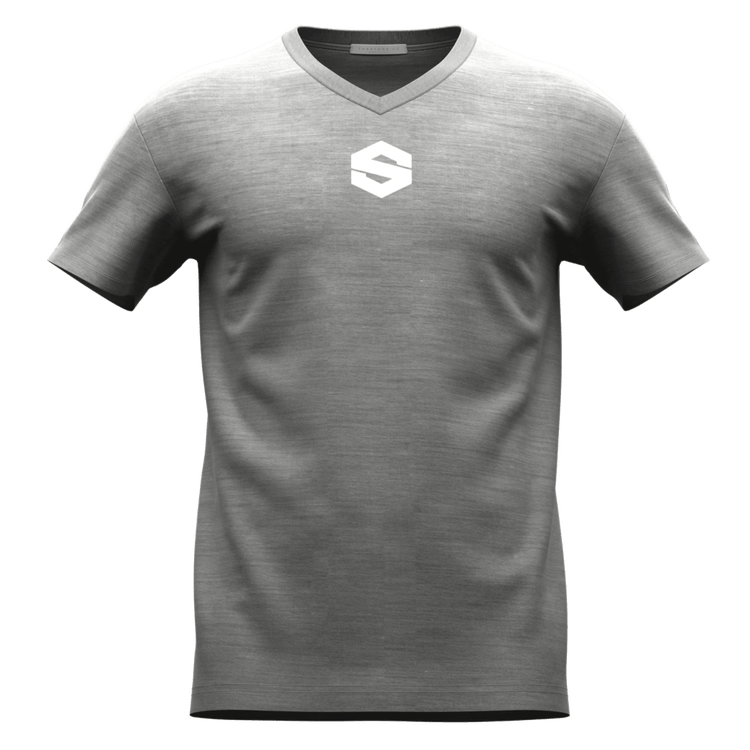


A very simple operation with a fantastic result. This is the ideal type of trick for those who are not yet very familiar with 3D environments but want to create high-impact and quality images for presentations or sharing on social networks.

I didn’t use any plugins because the whole thing is very simple. It starts with a process of careful observation. You need to have your engine of imagination always switched on. As soon as you find an image, think about what the ideal background might look like. There are many examples of this. Adobe Creative Cloud + Adobe Stock are the best support for creativity. Many of the graphics management features within CLO were inevitably designed inspired by Photoshop, which is the market standard, and are often explained just like that: ‘Do just as you’re used to doing in Photoshop,’ and so on.
The Bucket Hat



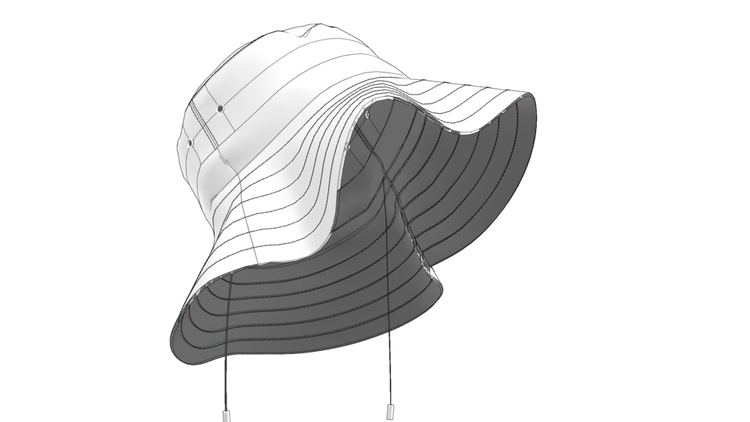
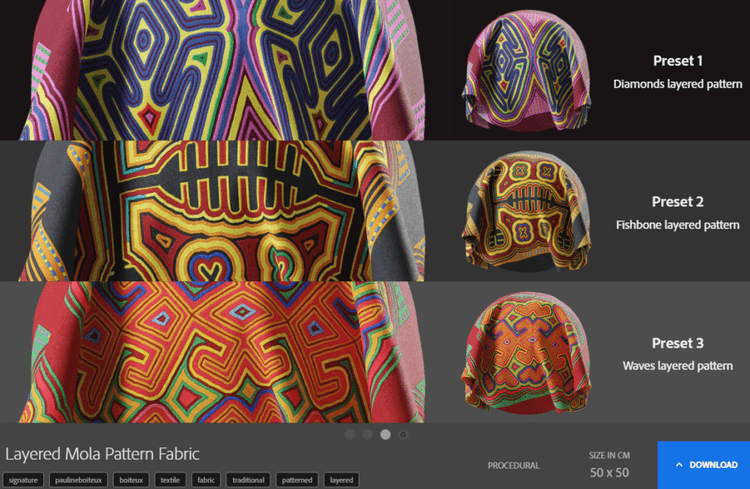
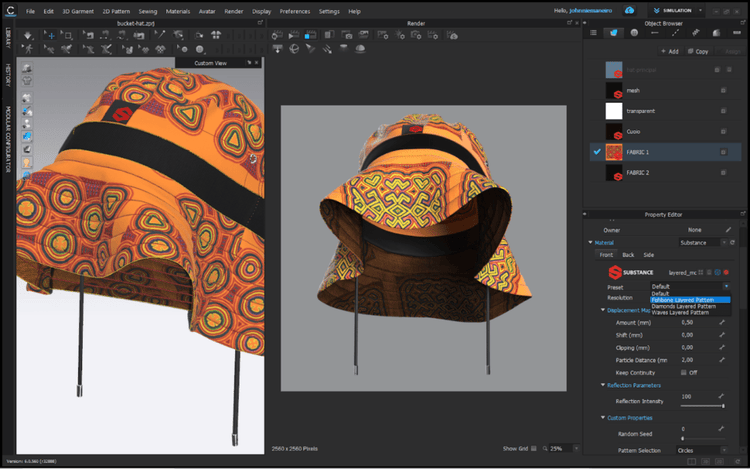




Best practices you for designing in 3D
To do 3D you simply need a very accurate observation of the world in general, because 3D is a deception, it doesn’t exist. You must be a good deceiver to make 3D that works. You can’t just look at the material under a microscope and think that’s all there is. Where is this material located? Under which conditions is the material found? Is it under stress?
After a whole series of questions, you can turn on your PC. Once I open the software, I try not to waste time. When processes get too long, it means something is wrong, and that the path is wrong. If you have made a good observation and you have clear ideas, the results can be seen from the first moment.
I think a lot of designers have the idea that 3D is expensive, hard to learn, and not essential yet.
Instead, it’s quite the opposite. The cost of a good workstation is affordable. With a few tens of euros per month, you can have everything you need to work, of course, you must invest in a PC suitable for the work you do. It is not difficult to learn and there are millions of hours of tutorials of all kinds on YouTube, free and fun to follow. 3D is indispensable in every industry today. We can really redesign the world, do some very thorough testing, and then rebuild it to make it better. Maybe I’m being too romantic, but I believe in it.
Final Words
I have only words of thanks for the entire Substance team and for Adobe. At 53, I am having a great time working and feel like this is my first year on the job. Every day I get up with an immense desire to create, share and learn, and this is perhaps the best thing that could happen to a person after 30 years of service. I don’t know if 3D will change the world, but it has certainly changed mine!
